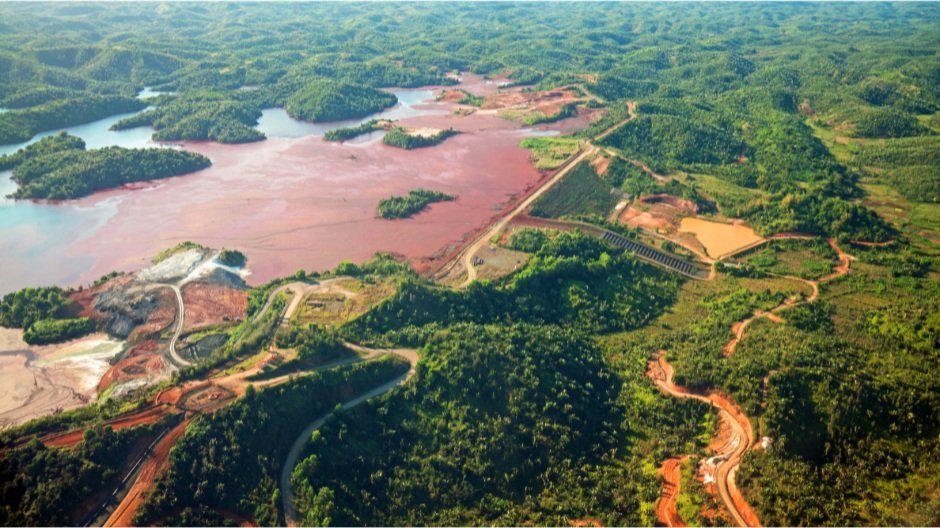The rise of ESG and how it relates to geotechnical engineering
Dr Mahdi Mason, Sustainability Consultant
If there was ever a corporate buzzword, ESG would have to be it in recent times. ESG is impacting nearly every organisation in the world. If you haven’t felt that impact yet, you will. There is a tsunami of new ESG disclosure requirements on the way, and that means visibility, questions and information requests under many more rocks of businesses.
But what is ESG and how does it apply to geotechnical engineering? ESG is an investor-focused term which takes into consideration the impacts of social, environmental and governance issues on the enterprise value of a company. The terms ESG and sustainability are often interchanged, however, they are different. Sustainability focuses on how organisations contribute to sustainable development in society – in other words, the social and environmental impacts of the organisation. Sustainability has an outward organisational focus, while ESG has an inward focus.
Focus on the bottom line
When considering how ESG relates to mining operations, it’s a matter of understanding which environmental and social issues are material to the organisation’s bottom line. Then it’s about ensuring there is effective governance, risk management, strategy and monitoring around them to reduce the chance of significant financial loss. In short, investors want to be comfortable any large social and environmental risks are satisfactorily managed, and their investments will be safe.
If we were to consider what role geotechnical engineers play in all of this, reflect on what contribution is made in relation to strong governance, risk management, strategy, and performance monitoring to prevent significant events on a mine site – it’s substantial. For example, a tailings dam failure would cause a variety of material social and environment issues.
Working right to get the right results
From a governance point of view, a geotechnical engineer can give comfort to an investor that these issues are well managed by ensuring they have relevant tailings dam experience and qualifications to carry out tasks, understand the purpose of the task at hand and where it fits into the bigger picture, and ensure geotechnical tools and equipment are fit for purpose.
They also need to have effective systems and processes in place, feed correct information into site systems and processes, ensure there is visibility of, and accountability for, geotechnical issues/structural integrity at the site, and maintain comprehensive work records.
Minimising the risks
Engineers need to understand the potential extent, significance and impacts of any tailings failure, identify contributing factors of any dam failure, and understand suitable and effective control measures.
While being present and alert during inspections will help identify risks, engineers also need to take part in and ensure comprehensive risk assessments have been completed and blow the whistle if risks are at an unacceptable level or are being ignored.
Effective management and monitoring
Strategically, engineers should be available onsite so staff know who to talk to on the geotechnical front, be collaboratively involved in dam management planning, and provide relevant geotechnical information to support effective dam management strategies.
Also being aware of the overarching company, site and TSF management strategies, and understanding the implications for geotechnical works demonstrates good management. As does, being informed of site emergency response and remediation strategies, and understanding the role geotechnical engineers would play in such an event.
When it comes to metrics and targets, it’s vital to determine a set of geotechnical metrics and targets that tell a picture of the geotechnical monitoring and performance of the dam and ensure they are easy to comprehend and readers understand why they are important. It’s also important to gather, collate and share geotechnical data with relevant site personnel on time.
Achieving resilience
None of these examples are outside what should already be happening if a site is being managed effectively. However, with all these things in place, investors can be confident the geotechnical aspects of the tailings dam are being well managed and the risk of social or environmental consequences arising from a failure are low.
Managing ESG effectively, essentially makes a site more resilient. Irrespective of investors interests, being more resilient should be the aim of any operation.



